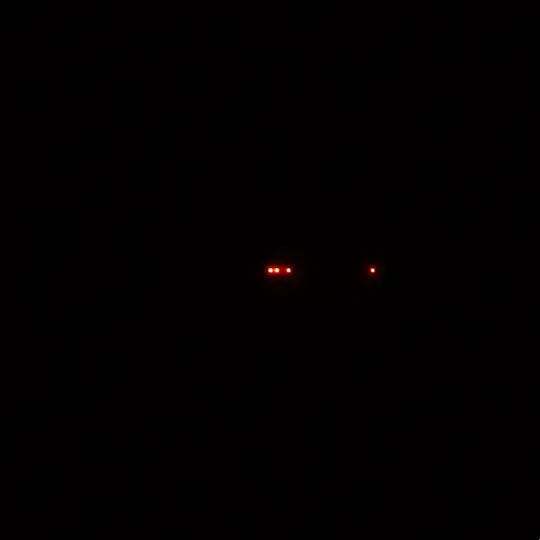It's a deep issue. For an overall graph see:
https://ingalidakis.com/math/expFractal.html
For the fixed points, see this question by Gottfried Helms.
The 1-period fixed points are given by $z_k=-W_k(-1)$, where $W$ is the Lambert map. Gottfried, through reverse iteration has calculated p-periodic points for $p>1$, for many $p$, in this post.
This hints towards the idea that there are infinitely many $p$-periodic points for any $p$, although this is still an open question (The periodic fixed points are shown in yellow on the first graph).
The graph for the iterates is a Cantor Bouquet type of fractal and since bouquets repeat by splitting down (bouquet "fingers") to an infinite level (depending on resolution), this suggests that there is a continuum of $p$-periodics for any $p>1$.
1-periodics will congregate around the main bouquet. 2-periodics congregate around the main sub-bouquet "fingers", 3-periodics around the sub-sub-bouquet fingers, and so on (yellow points on the graph).
To find 1-periodics, you need to solve the equation $z=\exp(z)$, whose solution is given as above, by $W$. To find 2-periodics, you need to solve the equation $z=\exp(\exp(z))$, which can only be done using numerical methods - like Gottfried's. For 3-periodics, you need to solve $z=\exp(\exp(\exp(z)))$, wtc.
If you decide to use numerics, you have to be aware that you won't be getting all of the $p$-periodic points at once, unless you iterate all branches of the inverse (complex branch $\ln_k$ in this case) - like Gottfried does.
Then, for a given period you index them, according to the $\ln$ branch, as $z_k$, $k\in\mathbb{Z}$.
To get a sense of $p$-periodics in the iterates fractal, you need to distinguish between different $p$ periods, so if you scan the plane through iterating $\exp$, you can store the iterates for given $z_0$ in an array and postprocess it to assign it a period $p$ if the iterates repeat every $p$ steps in the array. Then color them accordingly (The fractal shown in the first link does not distinguish between fixed points of different periods. It just colors yellow anything that eventually repeats).
Edit: For more info on this type of fractal - Julia Sets as iterates of $\lambda\exp(z)$ in general, see Devaney's website, for example, where he shows that it contains indecomposable continua.
Indecomposable continua are large areas which can cover the entire complex plane. Orbits of points inside those continua can be chaotic. For example, this fractal has $\lambda=1>1/e$ and as such the Julia Set has exploded through a Knaster explosion and all the regions after the main tip of the Cantor Bouquet, form an indecomposable continuum. Points from this main contiuum (exploded tip of the main feature) seem to converge spiral-like towards the two main features left and right of the main Bouquet: The two yellow spirals, left and right of the Bouquet. Other tip explosions, lead to successively deeper yellow fixed points of higher periods, inside the bouquet fingers.


